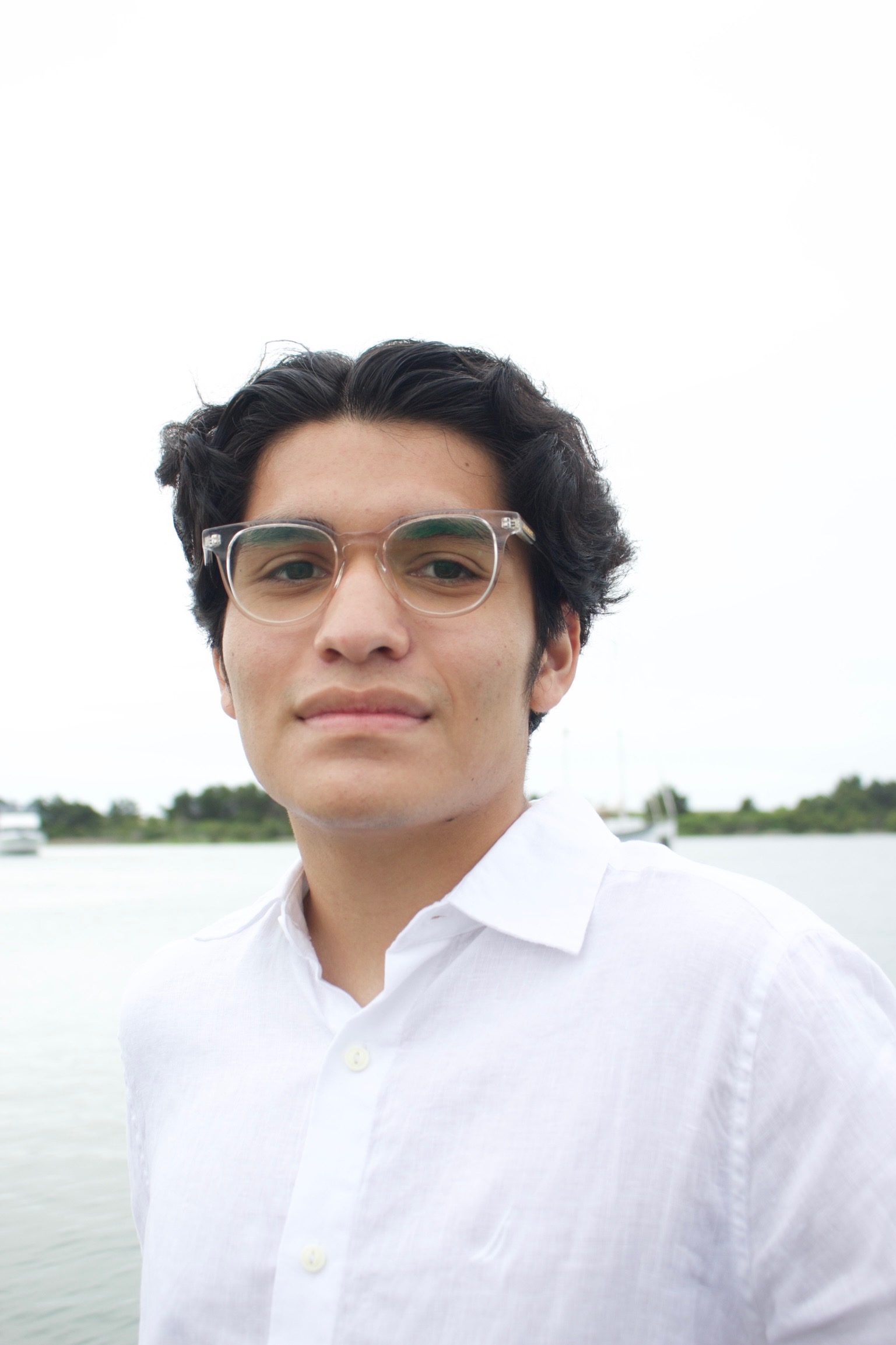Earlier this month, members of the Emory Environmental Law and Science Changemaker Program submitted a comment on the proposed repeal of the Endangerment Finding. The Emory Environmental Law and Science Changemaker Program connects undergraduate students majoring in the sciences with Emory’s Turner Environmental Law Clinic to research and comment on environmental rulemaking. The two undergraduate students, Taylor Black and Dayan Trejo-Martinez, bring backgrounds rooted in science, while the two law students, Katherine Lawson and Julia Koepp, bring knowledge of how to navigate legal systems. With the combination of science and legal backgrounds, along with help from our team, we crafted a convincing argument on the Environmental Protection Agency’s (EPA) proposed rule repealing the Endangerment Finding.
Dayan is a third-year undergraduate student who is majoring in environmental science and sociology. He is interested in research regarding atmospheric and climate science. He is intrigued in addressing climate related problems from an interdiscplinary approach. Moreover, he even believes that a multidisplinary approach is essential to tackling environmental issues. This sort of philosophy is a huge reason for his interest in the Changemaker Program.
"The conversations that we have had bring together different disciplines and have been eye opening to me. I am excited to see what this program is able to accomplish. I truly believe that the work we are doing will bring forth actual change."

Taylor is a second-year student at Emory University majoring in Environmental Science on the Ecology and Conservation (ECO) track while also pursuing a minor in history. She is passionate about the health of our oceans and terrestrial ecosystems.
"Even though we are only in the beginning of the program, I already feel like I am contributing to making a difference and that feeling is so exciting. I cannot wait to see what we continue to accomplish as the semester goes on!"

Diving into this first project was a fascinating process. Our team had to dissect the EPA’s legal justifications for the repeal and then build a counterargument by tracing a clear line from the foundational language of the Clean Air Act, through Supreme Court cases like Massachusetts v. EPA, and recent legislative actions, such as the Inflation Reduction Act. We saw firsthand how science and law are two essential pillars holding up effective environmental advocacy.
The Endangerment Finding is a 2009 EPA finding that greenhouse gas emissions contribute to climate change, pose a harm to public health and welfare, and therefore, must be regulated under the Clean Air Act. The Endangerment Finding came two years after Massachusetts v. EPA, a crucial victory for the environment, where the Supreme Court ruled that greenhouse gases are "air pollutants" as defined by the Clean Air Act. The Endangerment Finding provides the basis for several emissions regulations, including regulations of tailpipe emissions from cars and trucks.
Our comment focused on two critical ways that the EPA’s Proposed Rule falls short. First, it distorts Congress’ directive that the EPA regulates harmful air pollutants to protect the well-being of human health. Second, it misinterprets several Supreme Court decisions that not only require the EPA to make an endangerment finding for greenhouse gases but also support the Endangerment Finding’s validity. With these two points in mind, our team argued that the Endangerment Finding is scientifically sound and reflects the best reading of the Clean Air Act.
However, we are just getting started! This is only the first of many comments that this program hopes to submit. We are optimistic that this consistent, evidence-based commenting is impactful for holding agencies accountable. By continuing to question and comment on these proposed rules, the Environmental Law and Science Changemaker Program hopes to create meaningful and lasting change for our environment.